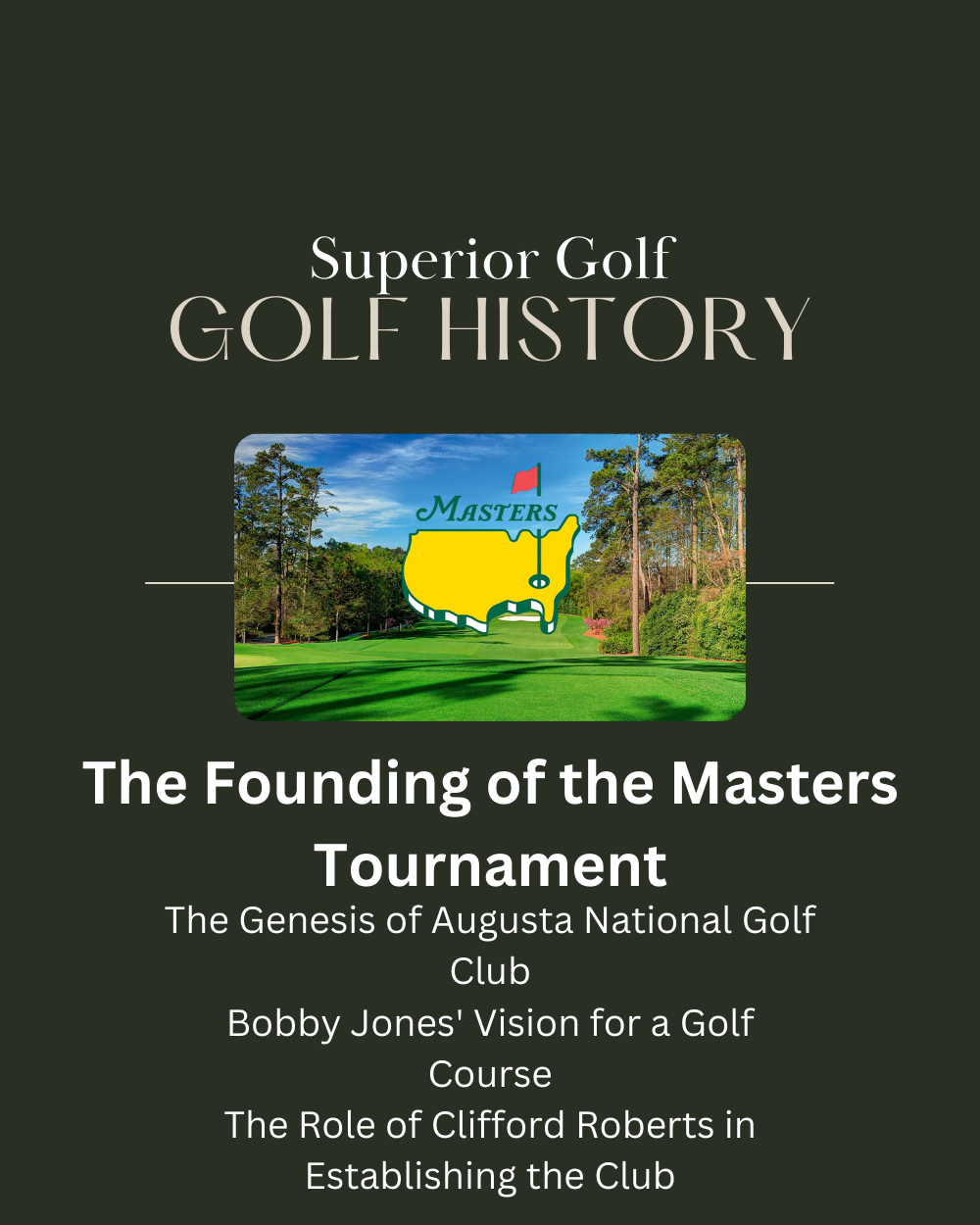The Masters Tournament, also known as the Masters, is a top event in major golf championships. It has been hosted every year since 1934 at the famous Augusta National Golf Club in Georgia, U.S.12 It takes place in the first full week of April, marking the start of the major golfing season2. The tournament was created by amateur golf legend Bobby Jones and investment banker Clifford Roberts. It was inspired by Jones’ grand slam win in 1930. He wanted to start a special invitational event.
Augusta National was built to test the greatest golfers. It’s been changed many times to match professional golfers’ growing skills. Important features like the famous green jacket represent win and honor. Equally important are the customs like the Champions Dinner. Here, past winners celebrate their wins. There are also honorary tee shots by well-known golfers. This shows the tournament’s rich tradition.
The Masters is more than just a golf event. It’s an exclusive invitation-only tournament known for its small number of players and strict customs. Even though years have passed, Augusta National is always the venue. It keeps the spirit and core of the Masters alive since the start.
Key Takeaways
- The Masters Tournament is held annually since 1934 at Augusta National Golf Club12.
- Bobby Jones and Clifford Roberts co-founded the tournament.
- Scheduled for the first full week of April, it’s the first major golf championship of the year2.
- The tournament hosts various unique traditions, such as the green jacket and Champions Dinner.
- Augusta National has continuously evolved to challenge top golfers worldwide.
The Genesis of Augusta National Golf Club
Augusta National Golf Club was born from Bobby Jones’ idea after he stopped playing competitively. He wanted to build a top-notch golf course. With financier Clifford Roberts’ help, this dream began to take shape.
Bobby Jones’ Vision for a Golf Course
Bobby Jones aimed to create an exceptional golf course after his retirement. Winning the Grand Slam in 1930 fueled his vision. Thus, Augusta National Golf Club came to life in 19333.
The Role of Clifford Roberts in Establishing the Club
Clifford Roberts was essential in founding the club alongside Jones. They chose Augusta, Georgia for its ideal location. The site, once Fruitland Nurseries Augusta, was perfect for their vision3. Roberts’ financial wisdom made it all possible.
The Selection and Transformation of Fruitland Nurseries
Choosing Fruitland Nurseries Augusta was crucial. The land had unique features for a top-notch golf course. Jones and Roberts worked together to transform this land into Augusta National, opening in 19333. Play started in December 1932, covering 365 acres4.
The Collaboration with Alister MacKenzie
Bobby Jones and Alister MacKenzie worked closely on the course design3. Spanning 7,510 yards with a par of 72, it showcased their innovative design approach3. Their teamwork not only produced a beautiful course but also set the stage for the first Masters Tournament in 19344.
лекс
| Year | Club Details | Tournament Milestones |
|---|---|---|
| 1933 | Established Augusta National Golf Club3 | – |
| 1934 | Began hosting the Masters Tournament4 | The inaugural Masters Tournament took place4 |
| 1939 | – | Official name change to the Masters Tournament4 |
Early Years of the Masters Tournament
The Masters Tournament started on March 22, 1934, at the Augusta National Golf Club. This marked the start of a historic journey in golf2. Horton Smith was the first champion, beginning a legacy of great champions and legends in golf1. Its early years faced challenges but also saw great triumphs that shaped the history of the Augusta golf course. This helped it become a major tournament.
The Inaugural Tournament of 1934
The first Masters Tournament showed Augusta National’s devotion to tradition and excellence. It gained attention by giving a unique green jacket to its champions. The course was opened in January 1933, offering a beautiful setting for the first tournament2
Initial Challenges and Triumphs
The early Masters faced hurdles like the USGA’s refusal to hold the U.S. Open there. Yet, it overcame these, highlighted by Gene Sarazen’s famous shot in 1935. This fight against challenges showed its status as a top golf championship1.
The Masters took a break during World War II from 1943 to 1945. When it returned, it continued to grow in history and tradition. Wins by legends like Byron Nelson, Ben Hogan, and Sam Snead showed its importance. By 1940, it was recognized as one of the top U.S. tournaments, proving its key role in Augusta’s golf history12.
Conclusion
The Masters Tournament shows the amazing work of Bobby Jones and Clifford Roberts, who started the Augusta National Golf Club in 1933. This important event has become a key part of golf and set up beloved traditions. The beauty of Augusta National and its deep respect make the Masters a top symbol of golf excellence5. Over the years, it has stayed true to its goals while adjusting to changes in professional golf6.
Thinking about the Masters shows its big impact on golf. It has shaped major championships greatly. It keeps challenging champions with its high standards. The Masters is known for unforgettable moments, from Horton Smith’s first win in 1934 to big achievements by stars like Gene Sarazen and Ben Hogan5. These important moments have made it a highly respected tournament.
In the end, the Masters Tournament keeps honoring its rich history and looks to its future. Future studies should look at how it keeps its traditions while using new golf tech and skills7. This could help keep the Masters important and competitive. Exploring its history and changes shows Augusta National’s aim for excellence. This ensures the Masters stays a leader in major golf championships for the future7.
FAQ
What is the origin of the Masters Tournament?
Who were the key figures in the establishment of Augusta National Golf Club?
What are some distinctive traditions of the Masters Tournament?
How did Augusta National Golf Club come to be located at Fruitland Nurseries?
When and who won the first Masters Tournament?
What challenges did the Masters face in its early years?
How did World War II impact the Masters Tournament?
What is the legacy of the Masters Tournament today?
Source Links
- https://en.wikipedia.org/wiki/Masters_Tournament
- https://www.visitaugusta.com/the-masters/history-and-info/
- https://en.wikipedia.org/wiki/Augusta_National_Golf_Club
- http://www.augusta.com/masters/story/news/look-how-masters-began
- https://paperpile.com/g/thesis-conclusion/
- https://www.essaymaster.com/graduate-help-course/lesson-fifteen-conclusions
- https://www.enago.com/thesis-editing/blog/writing-your-thesis-conclusion-section-making-last-impression-count

